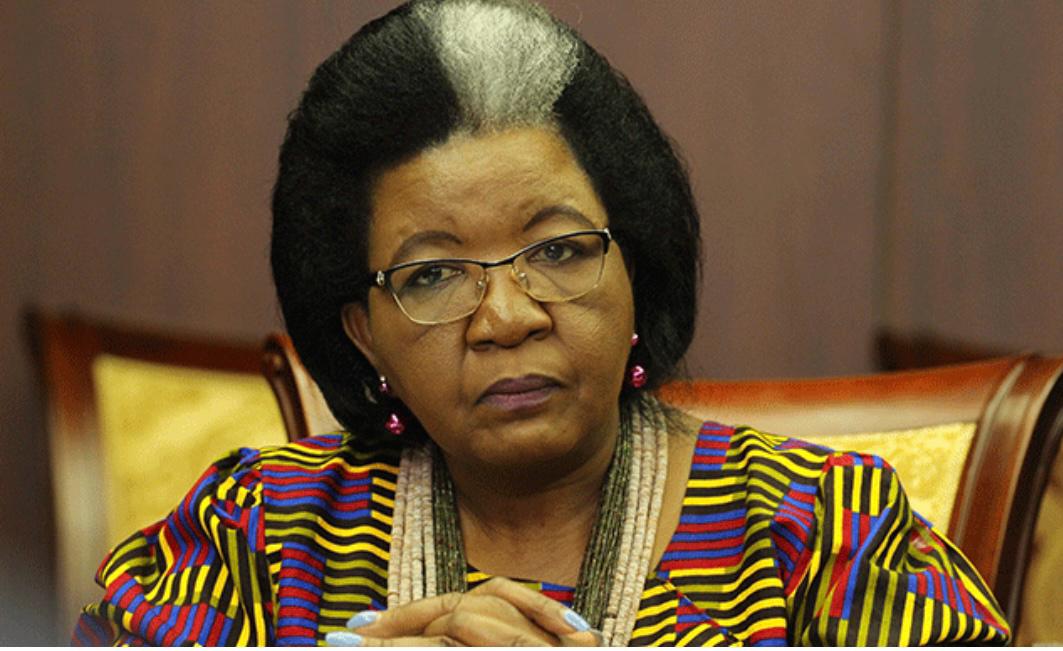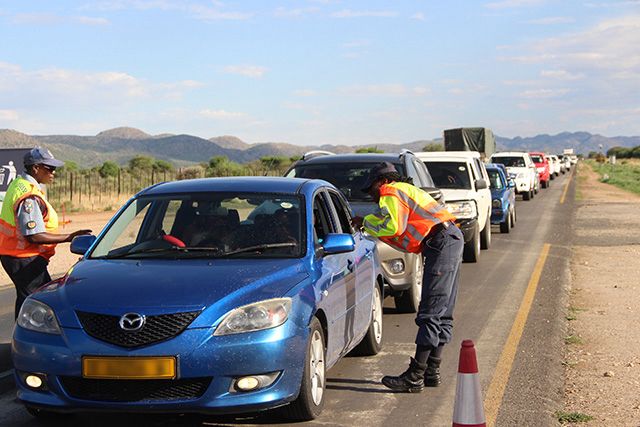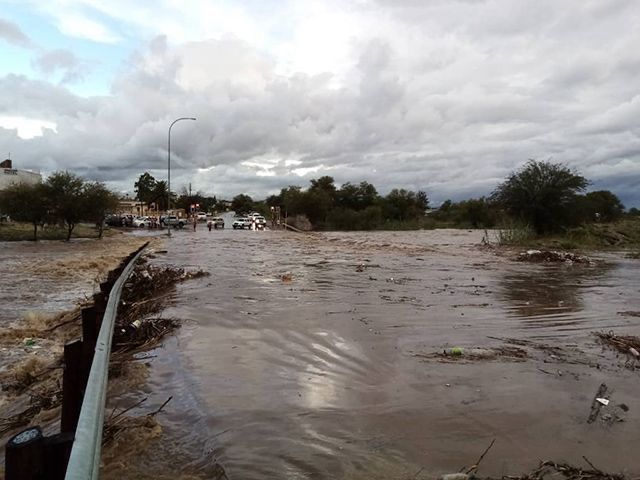SADC has committed to embark on radical measures to strengthen infrastructure development and speed up the process of implementing its regional integration programme.
At the 27th SADC Summit of Heads of State and Government held in Lusaka, Zambia from 16 to 17 August, southern African leaders expressed concern at the slow pace of implementing goals and targets to achieve regional integration and eradicate poverty. The outgoing chairperson of SADC, Prime Minister Pakalitha Mosisili of Lesotho, said the region must accelerate implementation of its commitments so that the 240 million SADC citizens can begin to enjoy the benefits of regional integration.The summit directed relevant officials at the national level to concretise and harmonise efforts in their activities to revamp infrastructure development and speed up implementation of regional integration.SADC’s goals and targets for regional integration are outlined in its blueprints, the Regional Indicative Strategic Development Plan (RISDP) and the Strategic Indicative Plan for the Organ on Politics, Defence and Security Cooperation (SIPO).Launched in March 2004, the RISDP is a 15-year regional integration development framework, with priorities, policies and strategies for achieving the long-term goals of SADC.The RISDP is intended to guide member states, SADC institutions, regional stakeholders and international co-operating partners in the process of deepening integration to turn the SADC’s vision into reality.It is designed to address the challenges and opportunities facing the co-operation and integration prospects of SADC.Among other things, the RISDP aims to attain annual economic growth rates of at least seven per cent, necessary to halve the proportion of people living in poverty by 2015.According to SADC Executive Secretary Tomaz Salomão, the region’s annual economic growth is currently averaging five per cent.The incoming SADC chairperson, President Levy Mwanawasa of Zambia, said regional integration is hampered by inadequate infrastructure in the key sectors of energy, transport, communication, water and tourism.SADC is currently facing a crippling energy shortage.Electricity generation capacity in SADC at present is only 52 743 MW of which 41 000 MW is secured capacity available for distribution to consumers against demand of 42 000 MW.The mismatch between demand and supply is a result of a number of factors including lack of investment over the last 10 years and growing population as well as expanding industries.sardc.netThe outgoing chairperson of SADC, Prime Minister Pakalitha Mosisili of Lesotho, said the region must accelerate implementation of its commitments so that the 240 million SADC citizens can begin to enjoy the benefits of regional integration.The summit directed relevant officials at the national level to concretise and harmonise efforts in their activities to revamp infrastructure development and speed up implementation of regional integration.SADC’s goals and targets for regional integration are outlined in its blueprints, the Regional Indicative Strategic Development Plan (RISDP) and the Strategic Indicative Plan for the Organ on Politics, Defence and Security Cooperation (SIPO).Launched in March 2004, the RISDP is a 15-year regional integration development framework, with priorities, policies and strategies for achieving the long-term goals of SADC.The RISDP is intended to guide member states, SADC institutions, regional stakeholders and international co-operating partners in the process of deepening integration to turn the SADC’s vision into reality.It is designed to address the challenges and opportunities facing the co-operation and integration prospects of SADC.Among other things, the RISDP aims to attain annual economic growth rates of at least seven per cent, necessary to halve the proportion of people living in poverty by 2015.According to SADC Executive Secretary Tomaz Salomão, the region’s annual economic growth is currently averaging five per cent.The incoming SADC chairperson, President Levy Mwanawasa of Zambia, said regional integration is hampered by inadequate infrastructure in the key sectors of energy, transport, communication, water and tourism.SADC is currently facing a crippling energy shortage.Electricity generation capacity in SADC at present is only 52 743 MW of which 41 000 MW is secured capacity available for distribution to consumers against demand of 42 000 MW.The mismatch between demand and supply is a result of a number of factors including lack of investment over the last 10 years and growing population as well as expanding industries.sardc.net
Stay informed with The Namibian – your source for credible journalism. Get in-depth reporting and opinions for
only N$85 a month. Invest in journalism, invest in democracy –
Subscribe Now!








